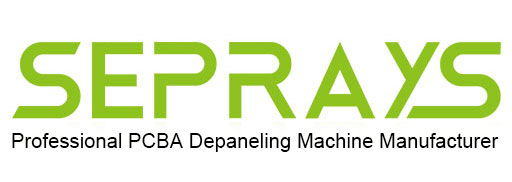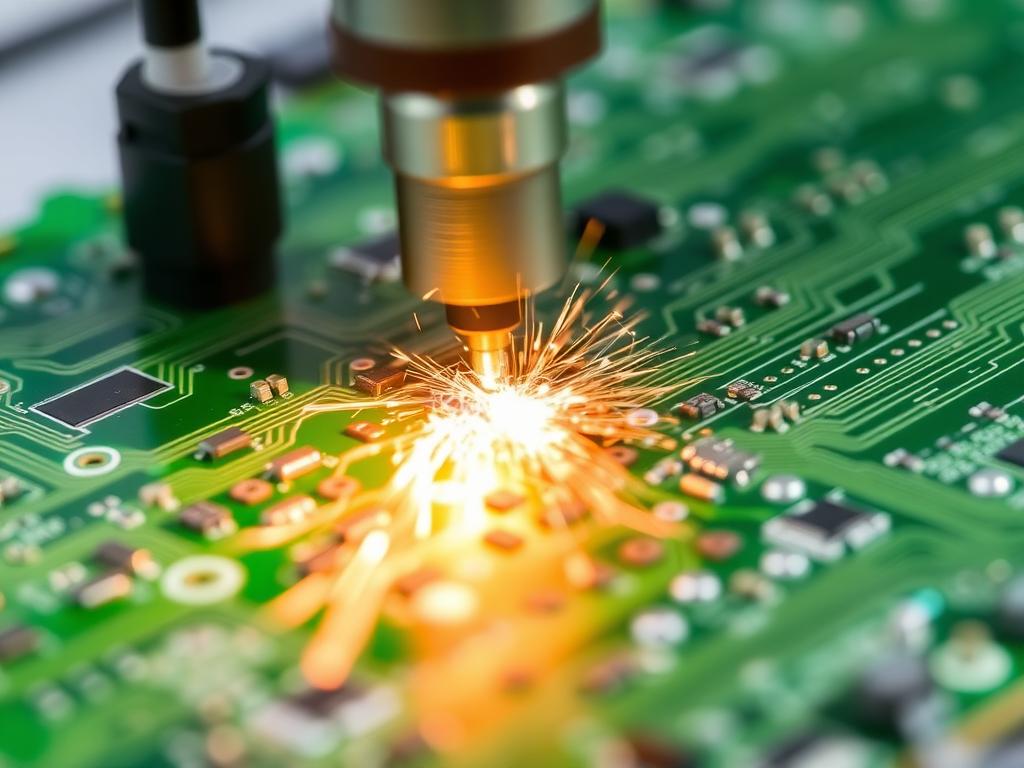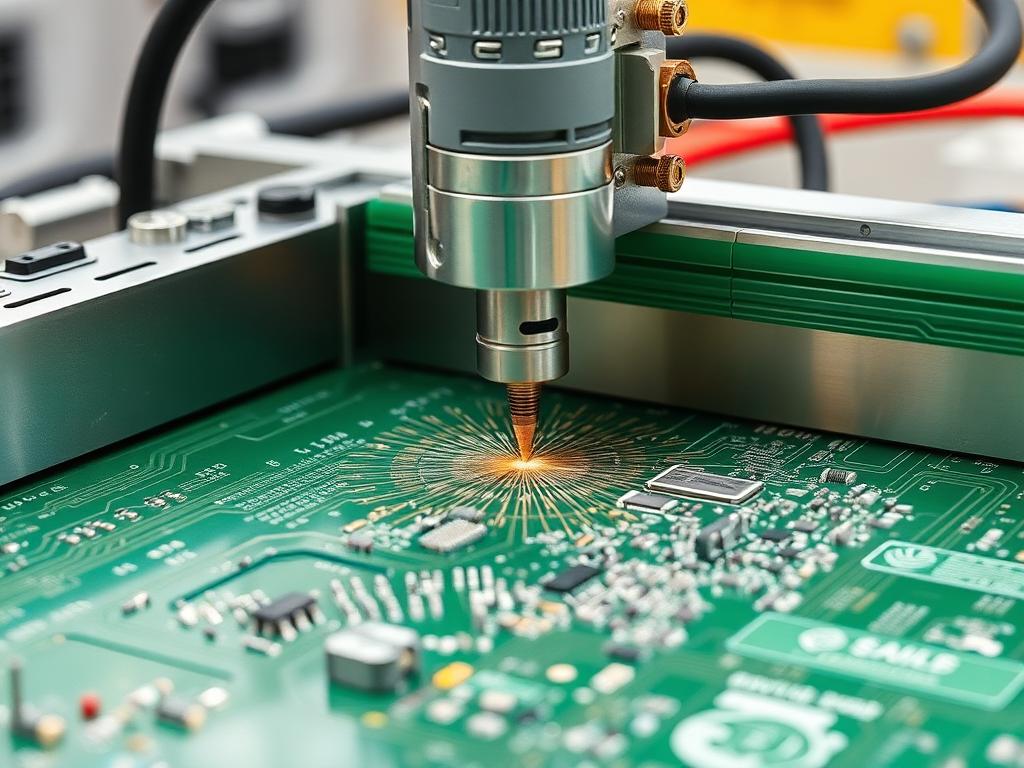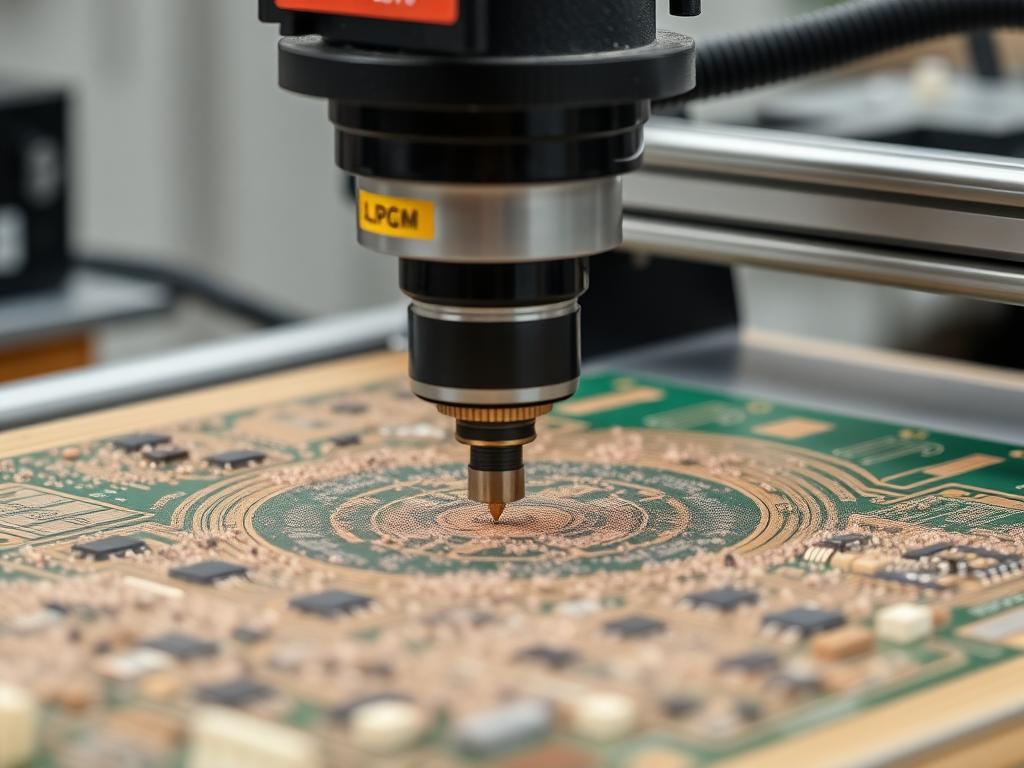![]()
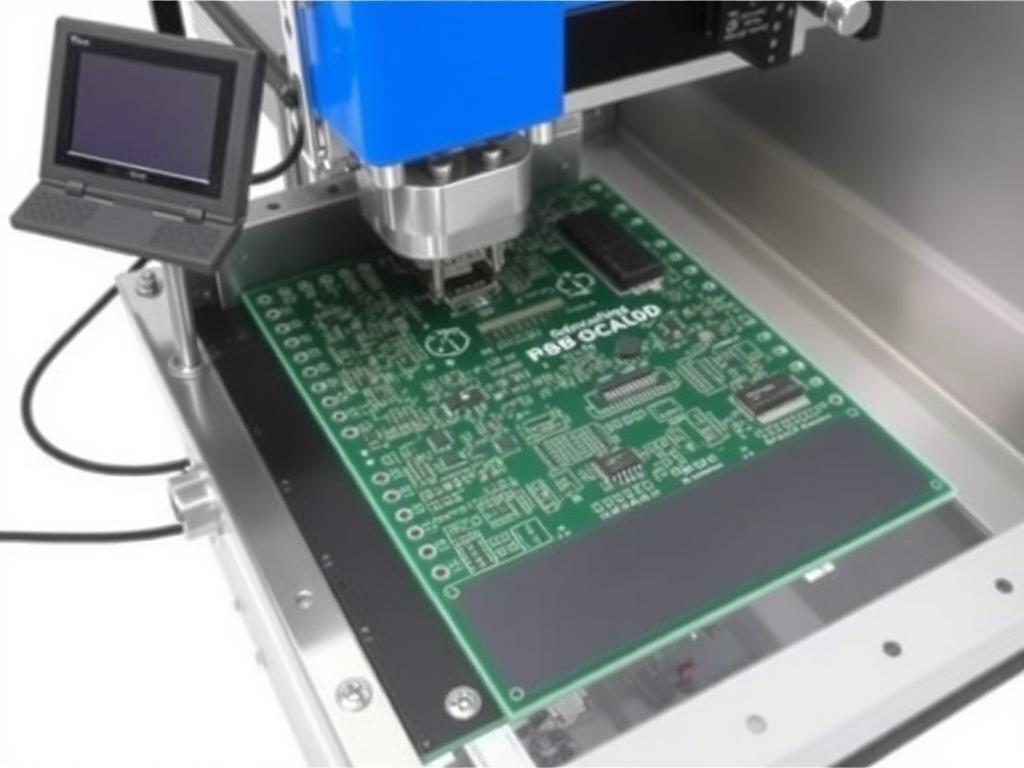
Affordable PCB depaneling equipment
Achieve Seamless PCB Separation: Mastering Depaneling for Optimal PCB Assembly
Efficient and precise PCB depaneling is a cornerstone of modern electronics manufacturing. With two decades immersed in this critical process, I’ve witnessed the evolution of technologies that transform how we separate individual PCBs from assembled panels. This article provides a comprehensive overview of PCB depaneling, exploring various methods and highlighting how the right depaneling equipment can significantly enhance your PCB assembly line. Whether you manage a large electronic product processing factory, run a thriving tech company, or are an individual PCB enthusiast, understanding the nuances of pcb depaneling is essential.
Unpacking PCB Depaneling: Finding the Perfect Separation Solution
Drawing on my 20 years of experience in the pcb industry, I’ve seen firsthand the impact that effective depaneling can have. Let’s explore some key questions to help you navigate the world of pcb depaneling and find the optimal solution for your needs.
What Exactly is PCB Depaneling and Why is it Crucial for Efficient PCB Assembly?
Depaneling, in essence, is the process of separating individual pcb’s from a larger multi-unit panel after components have been assembled and soldered. Imagine a sheet of postage stamps; pcb depaneling is the process of neatly tearing them apart without damaging the individual stamps. This step is vital because manufacturing printed circuit boards in panel form dramatically improves efficiency during the component placement and soldering stages. However, these interconnected pcb’s must be separated into their final individual boards before they can be integrated into electronic devices. The method you choose for pcb depaneling directly influences the stress applied to the boards, the speed of the separation, and the overall quality of your final product. At PCB Depaneling, we understand this intimately. Our range of depaneling systems is designed to ensure clean, stress-free separation, a hallmark that has earned the trust of industry leaders like TP-LINK and Canon.
Exploring Different PCB Depaneling Methods: Which is Right for Your PCB’s?
The world of pcb depaneling offers a variety of methods, each with its own strengths and weaknesses. Understanding these differences is key to making informed decisions for your pcb assembly process. Let’s look at some common approaches:
- PCB Router Machine: Utilizing a high-speed spindle and a cutter, router machines precisely mill along pre-programmed paths to separate the pcb’s. This method is versatile and suitable for complex contours. Our PCB Router Machine category offers a range of solutions, including the highly regarded GAM 380AT PCB Bottom Depaneling Machine.
- Laser Depaneling: Employing focused laser beams, laser depaneling offers a non-contact, stress-free method for separating pcb’s. This technology is ideal for delicate boards and intricate designs, minimizing mechanical stress. Our PCB Laser Depaneling solutions, such as the DirectLaser H1 High-Precision Laser Cutting Machine, exemplify this cutting-edge technology.
- V-Groove Depaneling: This method involves scoring pcb v-cut lines on the top and bottom of the panel. The pcb’s are then snapped apart along these weakened lines. While cost-effective for high-volume runs of simple shapes, it can introduce more stress than other methods.
- PCB Nibbler: A handheld tool, the pcb nibbler is suitable for low-volume or manual pcb separation.
- PCB/FPC Punching Machine: Using custom dies, these machines punch out individual pcb’s. This is particularly useful for creating specific shapes or features.
The best method for you depends on factors like pcb material, thickness, complexity, production volume, and sensitivity of components.
Why is Laser Depaneling Gaining Popularity in Modern PCB Assembly?
Laser depaneling has emerged as a leading technology in pcb assembly due to its numerous advantages. The precision of the laser allows for intricate contour cutting and complex board shapes that traditional methods struggle with. Crucially, it’s a stress-free process, minimizing the risk of damage to sensitive components. Laser systems provide the flexibility to handle a wide range of materials, including FR4 and flex circuits. Furthermore, laser cutting is a clean and dust-free process, essential for maintaining high product quality. Imagine the difference when separating delicate, densely populated printed circuit boards – the non-contact nature of the laser is a game-changer. Our DirectLaser H3 Laser Online Machine is a testament to the efficiency and precision of this technology.
When Does a PCB Router Machine Offer the Best Solution for Depaneling?
Despite the rise of laser technology, the router machine remains a vital tool in many pcb manufacturing environments. Routers excel at handling thicker printed circuit boards and are often more cost effective for simpler board shapes and larger volumes. The physical cutting action of the mill ensures a clean separation, and advancements in cnc technology have made modern routing machines highly accurate and efficient. For applications where thermal effects from laser are a concern, or for thicker materials, a router is often the preferred choice. Our GAM series, including the GAM 330AT In-Line Automatic PCB Router Machine, offers robust and reliable depaneling solutions.
Understanding the Benefits of Inline Depaneling Systems for High-Volume PCB Assembly
For high-volume pcb assembly, inline depaneling systems are invaluable. These automatic pcb separation solutions integrate seamlessly into your existing smt line, eliminating manual handling and significantly increasing high efficiency. Think of the time and labor saved by a system that automatically receives panels, separates the pcb’s, and moves them to the next stage of production. These systems often incorporate features like automatic loading, unloading, and even sophisticated vision systems for quality control. Our range of Automatic Equipment, including the GAM 360AT In-Line PCB Separator Machine, is designed to optimize your smt process and boost your overall throughput. This level of automation is crucial for meeting the demands of high volumes and ensuring consistent quality.
Key Considerations When Selecting a PCB Depaneling Machine for Your Operations
Choosing the right depaneling machine is a critical investment that impacts your entire pcb assembly workflow. Several factors should guide your decision:
- PCB Material and Thickness: Different materials and thicknesses are best suited for specific cutting methods. For instance, delicate flex pcb’s often benefit from laser, while thicker boards might be efficiently handled by a router.
- Board Complexity and Shape: Intricate designs and complex contours often necessitate the precision of laser depaneling.
- Production Volume: High volumes often justify the investment in inline automation, while lower volumes might be well-served by a stand-alone unit.
- Component Sensitivity: If your pcb’s have sensitive components, a stress-free method like laser is crucial.
- Budget: Consider both the initial investment and the ongoing tooling costs and maintenance.
- Footprint: The physical space required for the machine is an important consideration.
We offer the widest selection of depaneling machines, ensuring you can find the perfect fit for your specific needs.
Why is Maintaining High Accuracy and Clean Cuts Essential in PCB Depaneling?
Accuracy and clean cuts are paramount in pcb depaneling to prevent damage and ensure the functionality of the separated boards. Inaccurate cutting can lead to burrs, which are unwanted projections of material that can cause shorts or interfere with subsequent assembly processes. Clean cuts are also essential for the aesthetic appeal of the final product. Methods like laser depaneling are known for producing exceptionally clean cuts with minimal burr, while well-maintained router machines also deliver excellent results. Our commitment to performance and quality is reflected in the precision engineering of all our depaneling equipment.
Exploring Manual PCB Depaneling Options: When Are They Appropriate?
While automation is increasingly prevalent, manual pcb depaneling methods still have their place. For very low-volume production, prototyping, or rework, manual methods like using a pcb nibbler or even carefully snapping along v-groove lines can be sufficient. However, these methods are generally slower, more labor-intensive, and carry a higher risk of damage compared to automated solutions. The consistency and precision of automated systems are generally preferred for any significant production volume.
The Importance of Reliable OEM Partners for Your Depaneling Needs
Choosing the right oem partner for your depaneling solutions is crucial for long-term success. A reliable oem will provide not only high-quality depaneling equipment but also comprehensive support, including installation, training, and ongoing maintenance. Look for a partner with a proven track record, a strong warranty., and a commitment to customer satisfaction. As a leading manufacturer, we pride ourselves on being a trusted oem partner, offering exceptional performance and quality and dedicated support.
Frequently Asked Questions About PCB Depaneling
What are the main advantages of using a laser depaneling system? Laser depaneling offers stress-free separation, high-speed operation, and the ability to cut intricate shapes with a clean cut and minimal burr.
Is a pcb router machine suitable for depaneling flex PCBs? While possible, laser depaneling is generally preferred for flexible pcb’s due to its non-contact nature, which minimizes the risk of damage.
What is the typical maintenance required for a depaneling machine? Maintenance varies depending on the type of machine but generally includes regular cleaning, inspection of cutting tools (cutter or laser sources), and calibration.
Can depaneling machines be integrated into a fully automated smt line? Yes, inline depaneling systems are specifically designed for seamless integration into smt lines, enhancing high efficiency.
What are the cost considerations when choosing a depaneling method? Consider the initial investment in the equipment, the cost of consumables (like mill bits for routers), tooling costs for punching machines, and ongoing maintenance expenses.
Key Considerations for Effective PCB Depaneling
- Depaneling is a vital step in pcb assembly, ensuring individual boards are separated cleanly and efficiently.
- Laser depaneling offers precision and minimal stress, ideal for delicate boards.
- PCB router machines are robust and cost-effective for many applications.
- Inline systems provide automation for high volumes.
- Choosing the right method depends on your specific pcb’s and production needs.
- A reliable oem partner is crucial for long-term success.
With 20 years of experience in depaneling, we understand the intricacies of pcb separation. Whether you require the precision of laser pcb cutting, the robust performance of a pcb depanel machine, or the efficiency of an automatic pcb separator, we have the expertise and the widest selection of depaneling machines to meet your needs. Our Accessories, like high-quality milling cutters, ensure optimal performance. We are proud to serve leading companies and are confident that our depaneling equipment can optimize your pcb assembly process. Contact us today to discuss your specific requirements and let our expertise guide you to the perfect depaneling solution.
